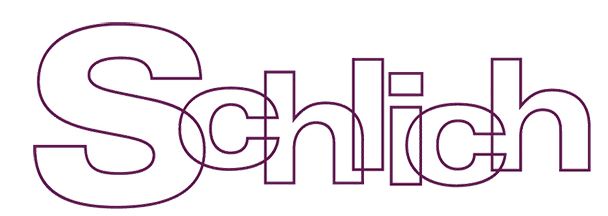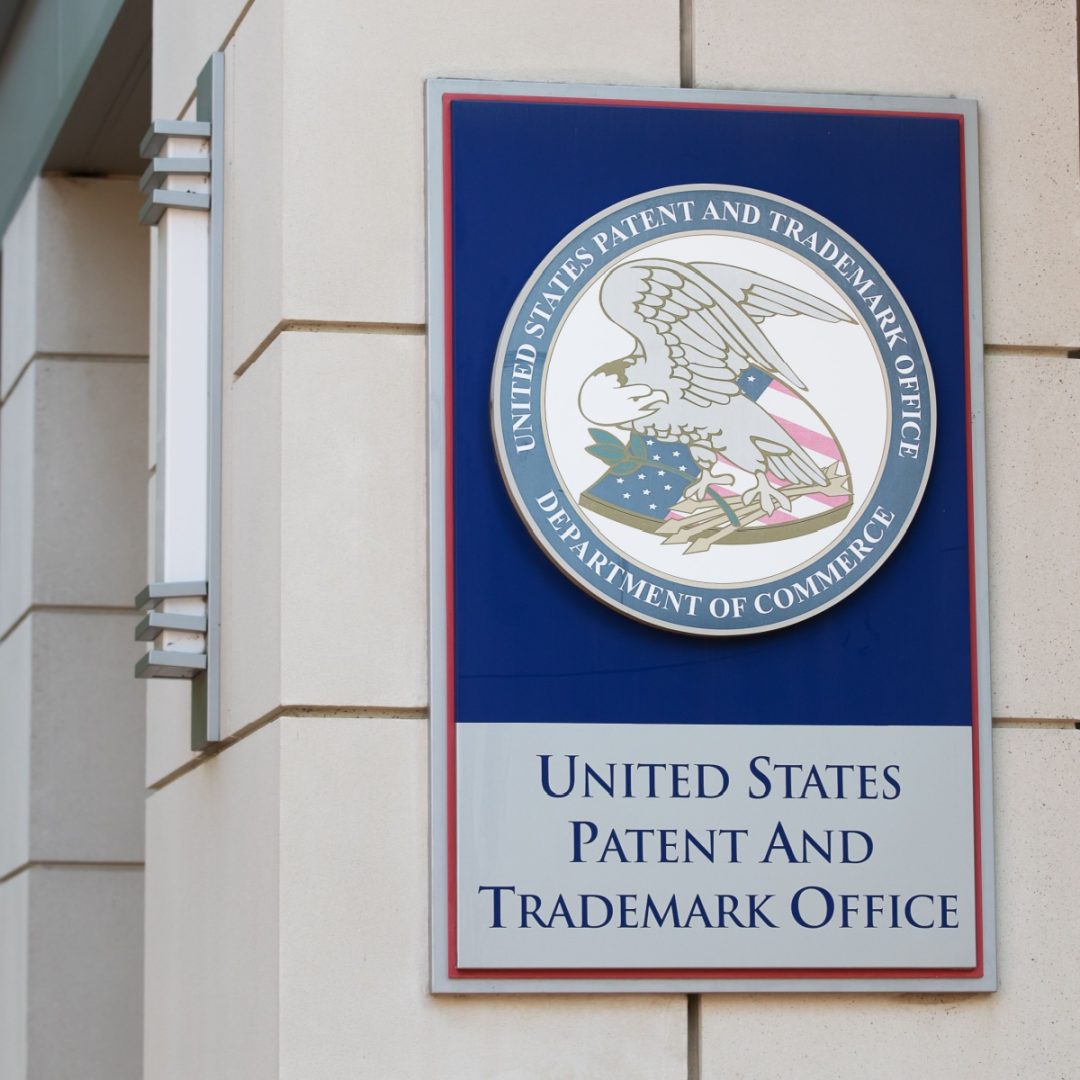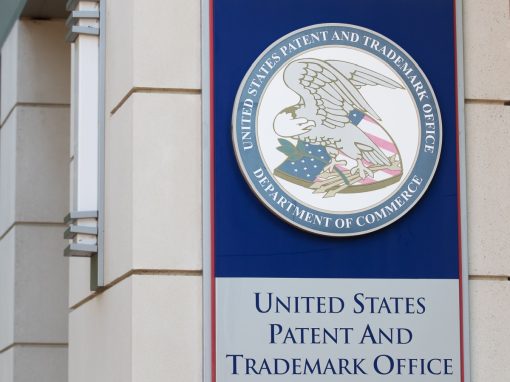A cost-effective alternative for challenging US patents.
In the United States, third parties have very limited opportunities to influence patent prosecution, and the main post-grant challenge routes (inter partes review (IPR) and litigation) are notoriously costly and time-consuming. Ex parte re-examination offers a practical, lower-cost alternative by allowing any party to submit prior art that prompts the USPTO to reassess an issued patent’s validity.
Background
For businesses and innovators with interests in the United States (US), keeping an eye on the patent landscape is essential. The US remains the world’s largest patent market, and patents granted there can create significant competitive and commercial barriers. Yet one of the peculiarities of the US system is that third parties have very limited options to influence patent prosecution once an application has been filed. Unlike before the European Patent Office (EPO), where third-party observations can be filed with relative ease and low cost, the US system is far more restrictive.
Dominant Options for Third-Party Intervention
During prosecution before the US Patent and Trademark Office (USPTO), third parties cannot meaningfully participate in examination. While there is a mechanism for submitting observations, this has strict timing requirements (pre-Office Action) and is known anecdotally to have very little impact on prosecution outcomes. Once a patent is granted, the most common options for challenging it tend to involve significant time and expense. These are as follows:
- Inter Partes Review (IPR): conducted before the Patent Trial and Appeal Board (PTAB), this is often the preferred administrative challenge route. However, IPRs typically cost hundreds of thousands of dollars and take approximately 18 months or more to resolve.
- Litigation in Federal Court: patent litigation is notoriously expensive in the US, frequently running into millions of dollars. It is also risky, time-consuming and highly adversarial.
For businesses that simply want to clear the path or mitigate a risk without committing to such heavy expenditure, these options can be commercially disproportionate.
Alternative: Ex Parte Re-Examination
Ex parte re-examination offers a middle ground. Any person, including third parties, may file a request for re-examination of an issued US patent based on known prior art. Requests are relatively inexpensive compared to IPRs or litigation and can be filed anonymously, which may be advantageous for competitors wishing to avoid direct confrontation.
The re-examination is handled by USPTO examiners, who reassess the patentability of the claims in light of the submitted prior art. If successful, re-examination can substantially weaken or eliminate problematic claims without a court battle.
While the requester has no further involvement once the proceedings are instituted (hence “ex parte”), the process can still be a highly effective way of using strong prior art offensively and prompting the USPTO to revisit a patent’s validity.
For businesses entering or expanding in the US market, ex parte re-examination can be a powerful tool when faced with US patents that represent a barrier to freedom-to-operate (FTO).
If a competitor’s US patent looks overly broad or questionable, a re-examination request can reduce risk at a manageable cost. Weakening a patent through re-examination may deter enforcement actions or strengthen your position in settlement negotiations. Companies that monitor competitors’ filings may use re-examination selectively as part of a broader IP risk management strategy.
Moreover, a key advantage of ex parte re-examination, compared to IPR or litigation, is the absence of estoppel. In IPR proceedings, a challenger is barred from later raising in court any validity arguments that were, or could have been, presented to the PTAB. Litigation can also lock parties into costly and restrictive positions. By contrast, ex parte re-examination imposes no such estoppel on the requester, allowing them to cite prior art against a patent at relatively low cost without forfeiting the ability to pursue other avenues later, if needed. This flexibility, combined with the reduced expense, makes re-examination an attractive option for businesses that want to challenge questionable patents while keeping their future legal and commercial strategies open.
Conclusion
Although not as widely used as IPRs or litigation, ex parte re-examination remains one of the few cost-effective and accessible routes for third parties to influence the validity of US patents.
For businesses navigating the US market, it is an option worth serious consideration, particularly when traditional avenues of challenge are too burdensome.
At Schlich, we have relevant hands-on experience, as we have instigated ex parte re-examination on different US patents, wrongly granted in our view; the result was a significant narrowing of the claims, eliminating an FTO concern for our client.









